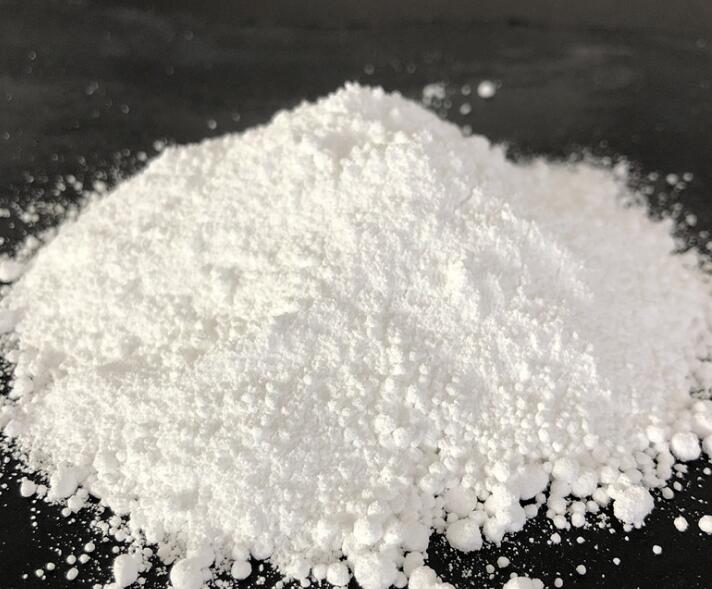Improving the durability of textiles: the revolutionary application of magnesium hydroxide

In the textile industry, improving the durability of textiles has always been a focus of research and development. As a multifunctional material, magnesium hydroxide is receiving increasing attention for its application in improving the durability of textiles. So how does magnesium hydroxide enhance the durability of textiles and optimize their performance in a variety of ways?
1. Alkaline regulator: improve color fastness. Magnesium hydroxide acts as a pH regulator during the dyeing process to ensure that the dye is evenly adsorbed to the fiber and improves the brightness and color fastness of the color. This process is essential to keep the textiles' colors vibrant over time.
2. Neutralize acidic residues: Enhance fiber strength Magnesium hydroxide can neutralize acidic residues during textile processing and prevent fiber damage, thereby enhancing the durability and strength of textiles.
3. Flame retardant performance: improve safety. As an efficient inorganic flame retardant, magnesium hydroxide can significantly improve the fire resistance of textiles. Under high temperature conditions, magnesium hydroxide decomposes and releases water vapor, effectively reducing the burning speed and protecting textiles from flame damage.
4. Thermal insulation properties: resistant to high temperature environments The thermal insulation properties of magnesium hydroxide make it an ideal material for the production of high temperature resistant textiles. This is an important durability improvement for textiles that need to be used in high temperature environments.
5. Anti-UV: Extend the service life. Magnesium hydroxide can reflect and absorb ultraviolet rays, providing additional protection for textiles, reducing UV damage to fibers, and extending the service life of textiles.
6. Anti-bacterial and anti-mildew: maintain hygiene The anti-bacterial and anti-mildew properties of magnesium hydroxide help reduce the growth of bacteria and mold on textiles and maintain cleanliness and hygiene, which is crucial to improving the durability and hygiene of textiles.
7. Softness and feel: Improve comfort. Adding an appropriate amount of magnesium hydroxide can improve the softness and feel of textiles, making them more comfortable. It also enhances the water retention rate of the fabric and improves durability and comfort.
8. Dyeing auxiliary: improve dyeing effect. As a dyeing auxiliary, magnesium hydroxide helps the dye to better adhere to the fiber, improves the dyeing effect, and makes the textile color more vivid and lasting.
The application of magnesium hydroxide in the textile industry not only improves the durability of textiles, but also enhances their environmental protection and safety. With the advancement of technology, the application of magnesium hydroxide will bring revolutionary changes to the textile industry, providing consumers with more durable and safer textiles.








